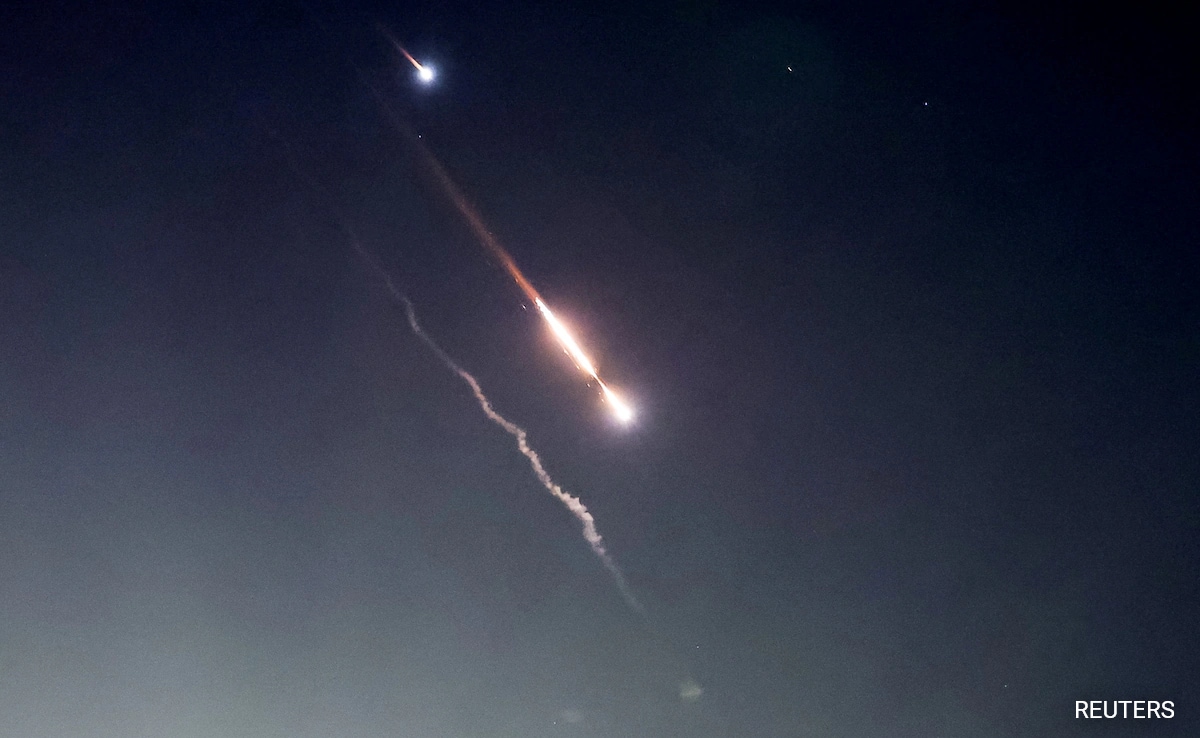Examining the most recent events in the Israel-Iran dispute, this blog post highlights the intricacies and ramifications of this long-running geopolitical competition by analyzing the dynamics, current developments, and significant lessons.
Israeli-Iranian tensions are back to the forefront of the Middle East’s unstable situation, attracting attention from across the world and raising fears about A potential escalation. Airstrikes, counterattacks, and diplomatic operations defined the latest events, which highlight the intricate dynamics at work in this protracted struggle. Discover the complex issues of the Israel-Iran conflict by delving into the most current events.
Comprehending the Background
Geopolitical conflict, ideological divides, and regional power struggles have been the main factors behind the Israel-Iran conflict for decades. Following the Islamic Revolution of 1979, Iran has been ruled by those. Since then, it has been a major role in the Middle East, supporting Palestinian rights and fighting Israeli control. And in the meanwhile, Israel sees Iran as a serious danger to both its security and the stability of the region, given its hostile neighbors and the ongoing impacts of previous disputes.
Current Advancements
A Victimization Cycle
An previous assault on Israel’s embassy complex in Damascus is said to have prompted Iran to launch an unprecedented missile and drone attack, which marked the start of the current hostilities. With both parties declaring their willingness to protect their interests and respond against perceived provocations, this tit-for-tat escalation has increased worries of a larger confrontation.
Strategic Actions
Diplomatic tries to defuse the situation and stop further violence are in progress among the rising tensions. Emphasizing its support for Israel’s right to self-defense, President Joe Biden’s administration has indicated that it wants to stay out of an expanded conflict with Iran. However, in order to settle the conflict amicably, other international players, such as China and European countries, have urged calm and communication.
Crucial Lessons
1. Regional Instability: The war between Iran and Israel ratchets up already high Middle East tensions, increasing the likelihood of sectarian violence and wider regional instability.
2. Diplomatic Complexities: Multilateral collaboration, sophisticated diplomacy, and a dedication to resolving shared grievances are necessary to find a long-term resolution to the Israel-Iran impasse.
3. Humanitarian Concerns: Humanitarian concerns, including as civilian fatalities, displacement, and the loss of fundamental rights, must not be overlooked in the middle of geopolitical maneuvering.
Gazing Forward
High stakes are still involved in the Israel-Iran conflict, and finding a peaceful solution seems unlikely given the current state of affairs. Still, there is still possibility for de-escalation and ultimate peace in the area via coordinated diplomatic efforts supported by international agreement and a dialogue commitment.
